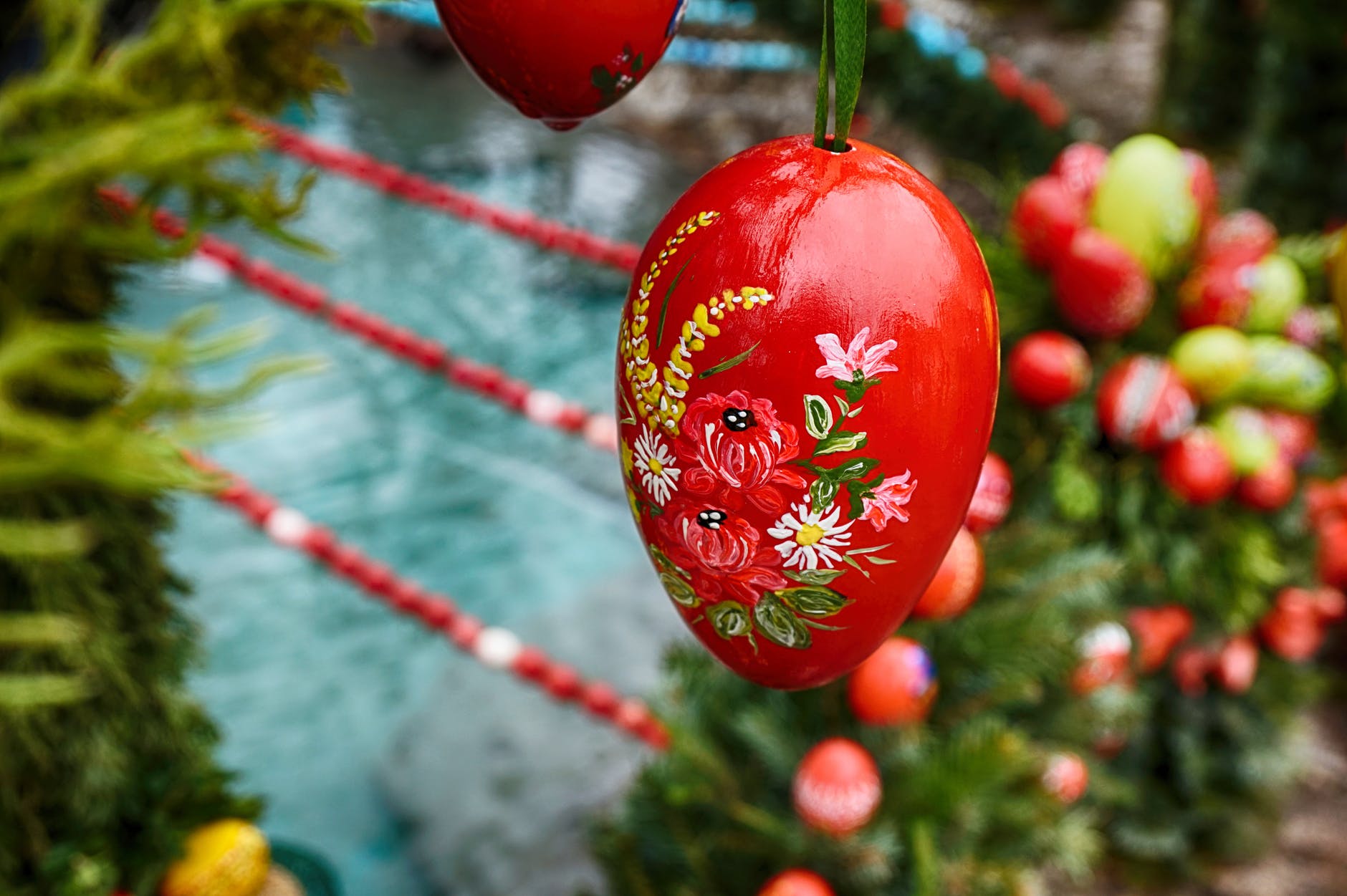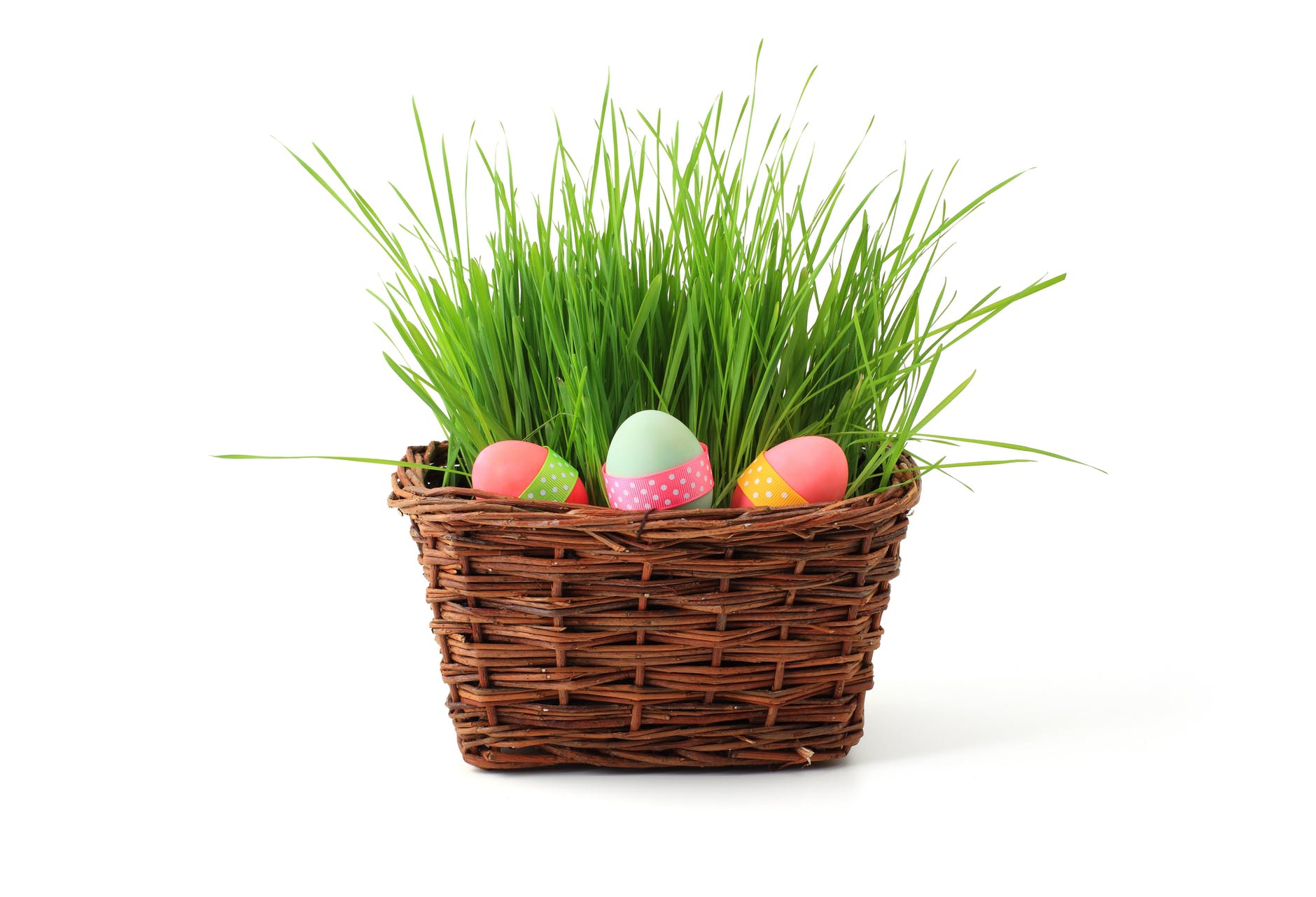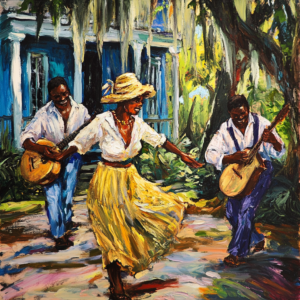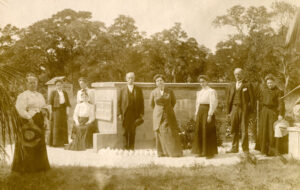
When I was a kid, I remember coloring eggs for Easter, and as a mom, this was always an Easter tradition in our house as well. The history of coloring eggs in the spring started well before Christianity. Many cultures around the world view the egg as a symbol of new life, fertility, and rebirth. The Spring Equinox brought the return of the sun, the rebirth of life after a cold, dark winter. For Christians the egg symbolizes the resurrection of Jesus where the eggs are dyed red to represent the blood that Jesus shed on the cross. In the early Catholic church, the eggs were blessed by the priest at the end of the Paschal vigil and given to the congregation. The hard shell of the egg represents the seal tomb where Jesus resurrected from the dead. Back in the day, Christians would not eat eggs or meat during Lent. Therefore, Easter Sunday was the first time for them to eat eggs after forty days of abstinence. Two other egg related Easter traditions are egg rolling and the popular Easter Egg Hunt. Eggs are rolled as a symbol rolling the stone away from Christ’s tomb.



